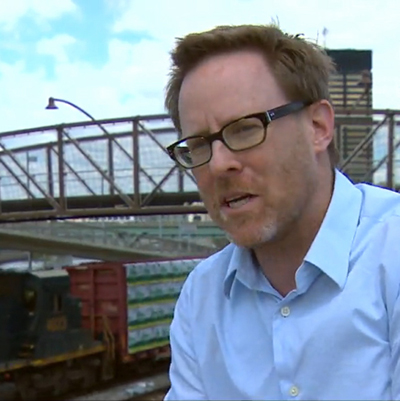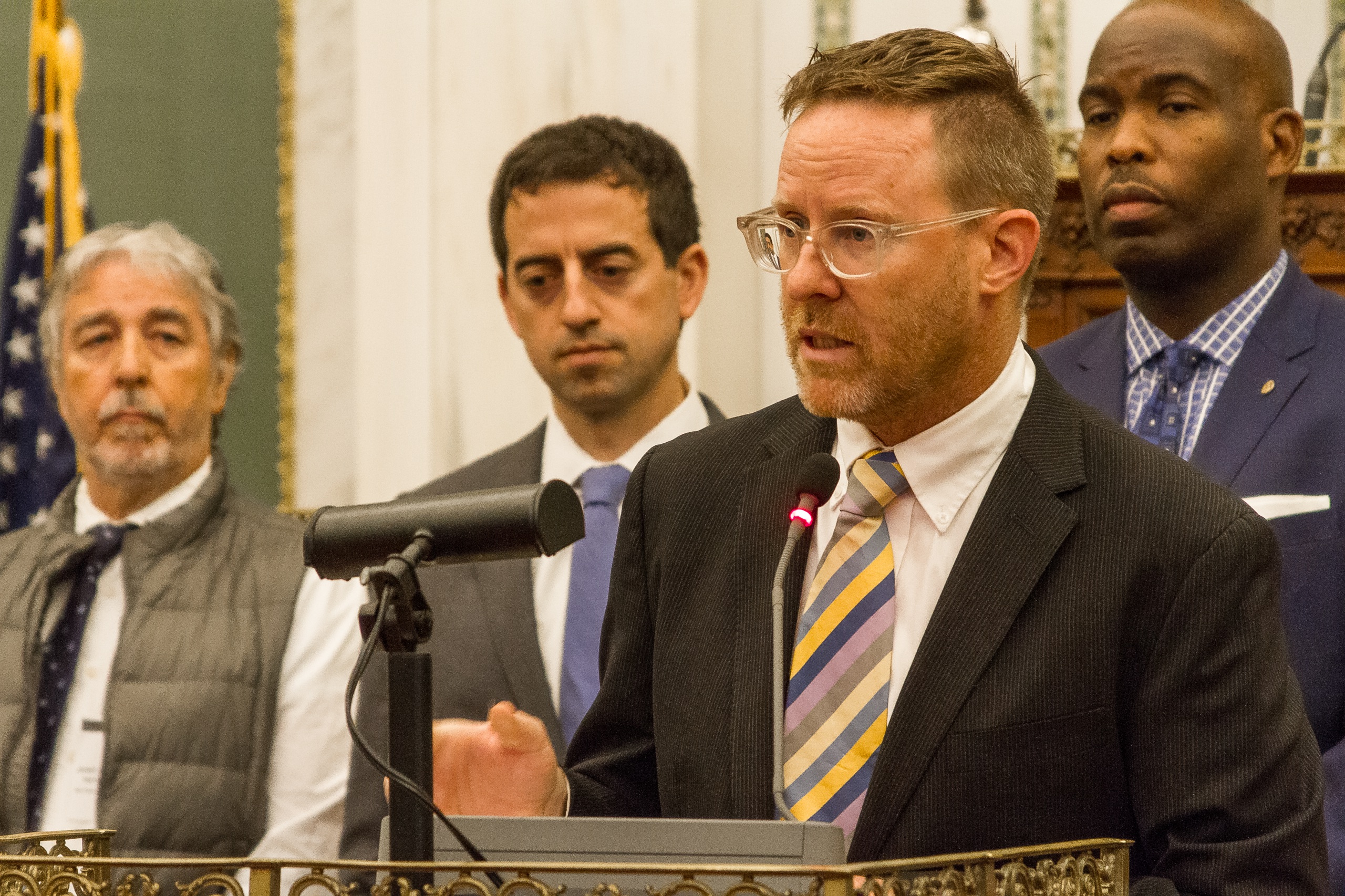
Let’s use Mesothelioma Awareness Day to reduce the threat of asbestos in our schools
Removing asbestos from school buildings is imperative, and could make a powerful statement as we approach Mesothelioma Awareness Day on Sept. 26

Written by: David Masur, Executive Director of PennEnvironment and Jerry Roseman, Director of Environmental Science, Philadelphia Federation of Teachers Health & Wellness H&W Fund & Union
Removing asbestos from school buildings is imperative, and could make a powerful statement as we approach Mesothelioma Awareness Day on Sept. 26.
As the old adage goes, “In every crisis lies the seed of opportunity.” We all know that Philadelphians face many challenges because of the COVID-19 pandemic. One of the most consequential has been how to educate children while protecting their health, the health of their families, and school workers — while simultaneously ensuring the highest quality education possible.
With that in mind, Philadelphia and many school districts across Pennsylvania have decided to teach all students online. While many parents and children wish kids could go back to school in person, this disruption may offer a crucial opportunity — to do the much-needed work to tackle environmental health risks that have been pervasive in Philadelphia’s school buildings.
The environmental health threats existing in Philadelphia’s schools are well-documented, from lead in paint and drinking water to mold and other asthma triggers, and most recently, asbestos contamination. Despite regulations and bans to limit exposure, asbestos lingers as a potential toxin. For example, in August 2019, the renovation of Philadelphia’s shared Ben Franklin High School and Science Leadership Academy school building uncovered asbestos contamination while students, teachers, and maintenance workers were still allowed inside.
Two months later, it became clear that the presence of asbestos wasn’t just an isolated incident but a district-wide threat and challenge. Between August-December of 2019, the general public was informed that inspectors found asbestos in seven more Philadelphia schools — in the flooring, pipe insulation, and remaining dust or debris after construction. Many other Philadelphia schools continue to report asbestos in their buildings and are noted for containing high levels of asbestos.
Since then, the School District of Philadelphia’s own inspector general has released a scathing 124-page report about the district’s missteps, poor judgement and misdirection when it came to properly protecting the health of children and teachers.
We’ve known for decades about the health threats posed by inhaling particles from asbestos — most notably the threat of mesothelioma. This aggressive form of cancer develops in the linings of the lungs, abdomen or heart.
A teacher who had taught at two Philadelphia public schools over her 30-year career recently was diagnosed with mesothelioma. Given the large number of older school buildings around the country built during a time of disregard for asbestos, it’s not surprising that the rates for teachers developing mesothelioma and dying from this cancer are higher than in many other occupations. According to the National Institute for Occupational Safety and Health (NIOSH), teachers had twice the average mortality rate — like other high-risk occupations that work on old buildings, including plumbers, electricians and mechanical engineers.
Now, as it appears that Philadelphia’s school buildings will remain dormant through the fall, the school district has the time and the opportunity to fully, properly resolve asbestos contamination and other environmental health threats. Not only is this crucial for protecting public health, but it could provide jobs during these unpredictable economic times.
Sadly, while district officials have brought in contractors to work in schools across the city, they have not been transparent about that work the public, have been unwilling to commit to using best practices for asbestos removal (including clean up and modern testing methods), and have broken their pledge to involve parents, students and faculty in the process. It is unacceptable to make secret decisions in a back room somewhere without the input of those stakeholders.
Until the School District of Philadelphia stops withholding information from the public, keeping parents and others from having a seat at the table in planning and decision making, and keeping outside experts at arm’s length, board members will continue to make ill-informed decisions and put the health of children and others at risk from asbestos, the novel coronavirus and future threats.
Authors
David Masur
Executive Director, PennEnvironment
Started on staff: 1994 B.A., University of Wisconsin-Madison As executive director, David spearheads the issue advocacy, civic engagement campaigns, and long-term organizational building for PennEnvironment. He also oversees PennPIRG and other organizations within The Public Interest Network that are engaged in social change across Pennsylvania. David’s areas of expertise include fracking, global warming, environmental enforcement and litigation, and clean energy and land use policy in Pennsylvania. David has served on the environmental transition teams for Gov. Tom Wolf and Philadelphia Mayor Jim Kenney. Under David’s leadership, PennEnvironment has won the two largest citizen suit penalties in Pennsylvania history against illegal polluters under the federal Clean Water Act and the largest citizen suit penalty under the federal Clean Air Act in state history.

